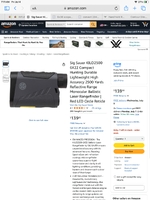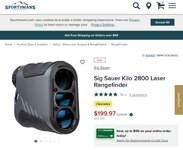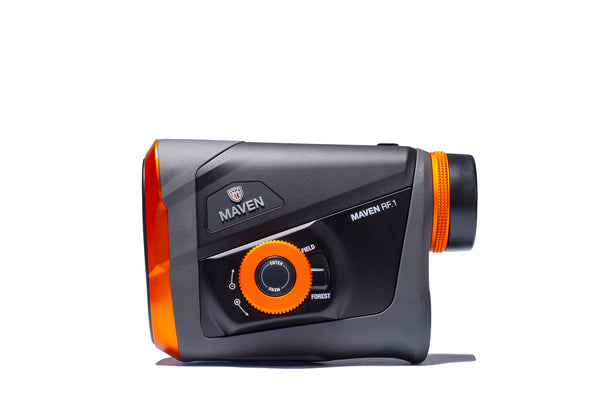Forgive me for putting this in the firearms forum but I’m looking for a do all hunting hand held rangefinder. I bow hunt eastern and western big game and also rifle hunt with realistically a 500 max distance. Is there a preferred handheld RF? I am not interested in a bino RF because of the amount of eastern whitetail bow hunting I do. I have look at the Leupold RX1400 gen2. Any other recommendations?
Sent from my iPhone using Tapatalk
Sent from my iPhone using Tapatalk



